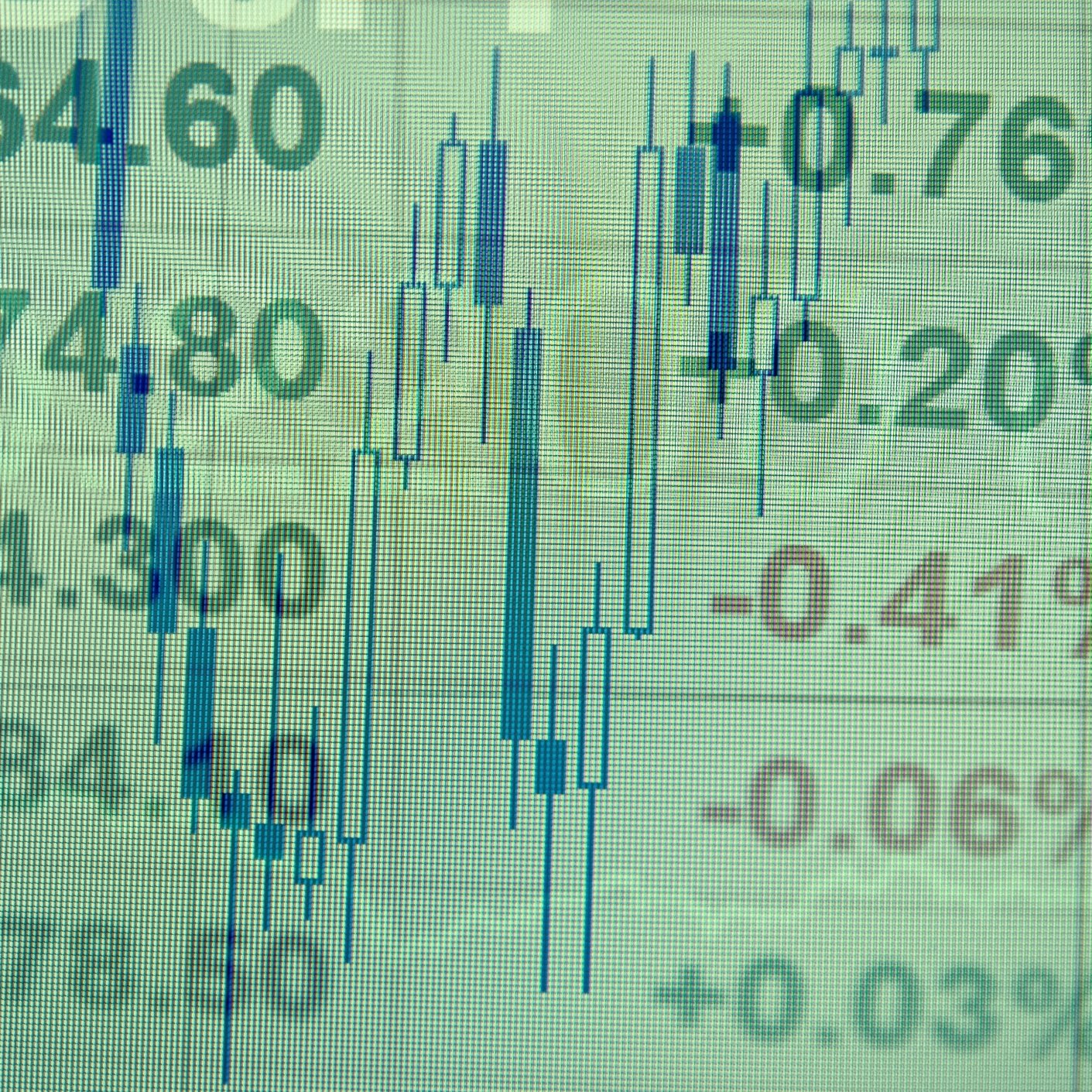Technology
Was the Pacific Crest Downgrade of Apple Timed Properly?

Published:
Last Updated:

When it comes to the Dow Jones Industrial Average, Apple Inc. (NASDAQ: AAPL) has rallied to the point that it is the Dow’s best stock so far in 2017. The analyst brigade on Wall Street has tended to be very positive since 2016. In fact, analysts have been largely raising price targets and maintaining Buy or Outperform ratings for months.
Pacific Crest is one of the first brokerage firms to buck the Apple cart. The firm’s Andy Hargreaves issued a rare downgrade by cutting Apple’s rating to Sector Weight from Overweight. Hargreaves believes that Apple’s risks are just not being considered at all. The upcoming iPhone 8 is largely expected by most analysts and investors to be a huge win for Apple, but Hargreaves believes that there are delay and upgrade timing risks that are being largely ignored.
Again, this call is very much against the flow. UBS recently outlined how Apple shares could even rise to $200. It is also worth noting the downgrade came out on the same day as the Apple World Wide Developers Conference event, an annual gathering at which new products and services are telegraphed to the markets.
Andy Hargreaves showed several more concerns. One concern is that the smartphone market is now different than during other iPhone upgrade cycles of the past. Another issue that poses a risk is that the massive pent-up demand for larger-screen phones does not exist in the same manner as the past. A lack of pent-up demand from Android owners was also cited, as was the base of first-time smartphone buyers willing to pay the equivalent of over $800 for a phone — in contrast with the iPhone 6 upgrade cycle.While the fair value estimate was $145, the downgrade from Monday said:
We believe Apple anticipates strong performance in the iPhone 8 cycle, while providing relatively little weight to risks through the cycle or the potential for iPhone sales to decline in Fiscal Year 2019.
With the iPhone providing the majority of its revenue, Apple has begun to rely on endless upgrades to the phone that has now been with us for a decade. New models drive sharp sales gains, but then they start to taper off and Apple’s revenues normalize into various iPad, Mac and other products and app sales.
In its fiscal second quarter, which ended April 1, iPhone sales were $33.3 billion of Apple’s $53 billion total. iPad sales were $3.9 billion. Mac sales were $5.8 billion. The iPad and Mac are both mature products that are upgraded occasionally. And the Apple Watch, while having grown, remains very much of a niche product that just will not move the needle for Apple.
The iPhone 8 will be the fourth full generation of the smartphone, despite the many intermittent releases with upgrades. Apple changed the world of smartphones, but the company has more stiff competition now despite Palm and BlackBerry phones being all but dinosaurs now. Samsung and Alphabet continue to chase and sometimes overtake Apple with varying degrees of success.
Apple’s attempts to launch another product that might add substantially to total revenues have so far been a failure. We have heard many product rumors over the years — mainly around TVs and something to do with cars or the auto market.
When 24/7 Wall St. gave its Bull-Bear Case for the Dow in 2017, the upside for the market was up at 21,422. The upside at the time for Apple was just $131.96 — and Apple shares have blown through that number and then some.
Apple’s overall analyst upside expectation was far more muted in 2017 than it was for 2016. Shares of Apple generated a return of 12.5% in 2016, with the stock ending the year at $115.82 a share. That total return of 15.9% expected for Apple in 2017 is already a return 34%.
Whether Apple will only succeed based on the iPhone 8 remains to be seen. Some investors and analysts are starting to hope that Apple’s deep ecosystem will make it into a company that generates much more in services, apps, music and entertainment.
Right at 2:00 pm Eastern Time, Apple shares were still down about 1% at $153.73. Its 52-week range is $91.50 to $156.65, and its current consensus analyst target price is $155.84.
Finding a qualified financial advisor doesn’t have to be hard. SmartAsset’s free tool matches you with up to 3 fiduciary financial advisors in your area in 5 minutes. Each advisor has been vetted by SmartAsset and is held to a fiduciary standard to act in your best interests. If you’re ready to be matched with local advisors that can help you achieve your financial goals, get started now.
Thank you for reading! Have some feedback for us?
Contact the 24/7 Wall St. editorial team.